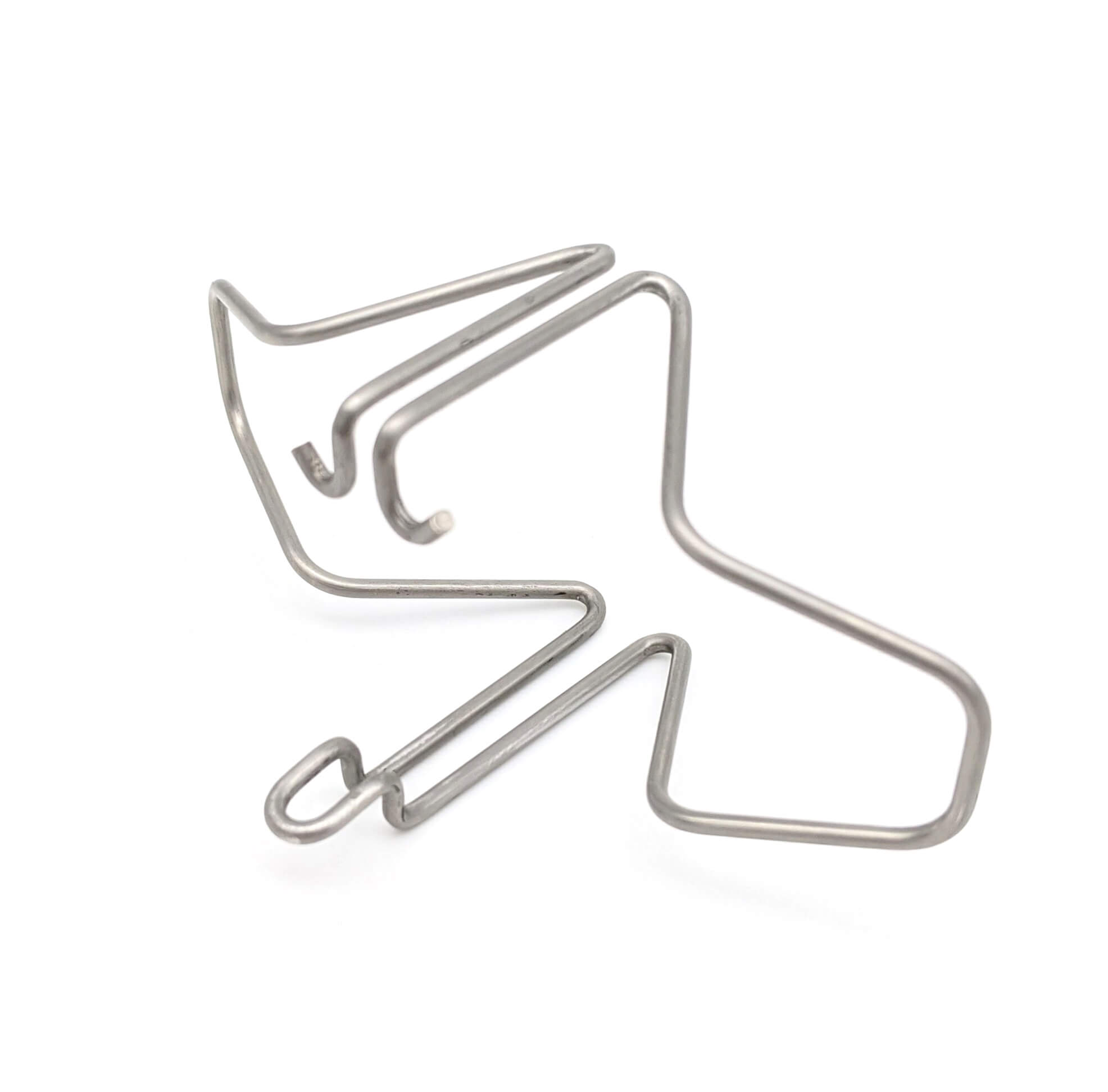Get unique, complex parts easily. No matter your requirements, Chaoyi Spring creates hard-to-produce coil springs and wire forms.
Let us help you create the custom wire form you need, from S-hooks and J-hooks to utility hooks and more.
We work closely with customers across a wide range of industries, helping them design and manufacture made-to-order parts.
Why choose Chaoyi Spring? We prioritize customer-focused collaboration, modern equipment and the latest technology to make your parts per print.
Find the information and guidance you need, from measuring a spring to learning about materials, placing an order and much more.
When it comes to compression springs, size isn't just about aesthetics; it's a crucial factor in determining their performance. From the diameter and length of the coil to the thickness


When it comes to compression springs, size isn't just about aesthetics; it's a crucial factor in determining their performance. From the diameter and length of the coil to the thickness of the wire, every dimension plays a vital role in how much force a spring can exert and how much deflection it can handle. Understanding this relationship between size and performance is essential for engineers and designers working with compression springs in various applications. In this article, we'll delve deeper into the world of compression springs by size, exploring how different sizes affect their spring rate, load capacity, and overall functionality.

Compression springs are essential components in countless mechanical systems, providing the necessary force and flexibility to operate smoothly. These springs are typically made by coiling a wire into a helical shape, and their size plays a critical role in determining their performance characteristics. Compression spring size encompasses various dimensions, including:
These dimensions are intricately linked and influence the spring's overall functionality. Let's examine how each dimension affects the performance of compression springs.
Imagine a compression spring as a coiled-up muscle. The thicker the wire, the stronger the muscle, and the more weight it can handle. Similarly, a thicker wire diameter in a compression spring means a higher load capacity. A thicker wire will resist deformation under higher loads, making the spring more robust and suitable for applications requiring significant force. Conversely, thinner wire diameters result in springs with lower load capacities, more suitable for lighter applications.
Spring rate is a crucial parameter that describes the relationship between the force applied to the spring and its deflection. It essentially represents how stiff or flexible the spring is. In compression springs, a smaller coil diameter generally translates to a higher spring rate. This means that the spring will require more force to compress it by a certain amount. A larger coil diameter, on the other hand, results in a lower spring rate, meaning the spring will compress more easily under a given force.
The free length of a compression spring represents its uncompressed length. This parameter dictates how much the spring can compress before it reaches its solid height, where the coils are in contact and the spring can compress no further. A longer free length allows for greater deflection, meaning the spring can accommodate a larger range of motion. This is particularly important in applications where the spring needs to absorb a significant amount of energy or accommodate variations in load.
The number of coils in a compression spring also influences its spring rate. A higher number of coils generally leads to a lower spring rate, making the spring more flexible. This is because the force is distributed over a greater number of coils, resulting in less resistance to compression. Conversely, a lower number of coils results in a higher spring rate, leading to a stiffer spring.
When selecting compression springs for specific applications, engineers and designers must consider the following factors:
By carefully considering these factors, engineers and designers can choose the right size and type of compression spring to ensure optimal performance and reliability.
Compression springs come in various types, each designed for specific applications. Some common types include:
Numerous manufacturers and suppliers specialize in producing compression springs in a wide range of sizes and materials. When sourcing compression springs, it's important to choose a reputable supplier with a proven track record of quality and reliability. Look for suppliers that offer a diverse range of spring types and sizes, as well as customization options to meet specific application requirements.
Compression springs are vital components in countless mechanical systems, and their size plays a crucial role in their performance. Understanding the relationship between size and performance is essential for engineers and designers working with compression springs. By carefully selecting the right size and type of compression spring, based on the specific application requirements, engineers can ensure optimal performance and reliability in their designs.
As you venture further into the world of compression springs, remember that size truly matters. It's not just about fitting the spring into the space; it's about ensuring that it can handle the demands of your design. With careful consideration of the factors discussed in this article, you can choose the perfect compression spring for your application, guaranteeing smooth operation and lasting performance.
Browse some of the custom wire forms and springs that we manufacture. Don’t see what you need? We specialize in made-to-order products that meet your application requirements.
Visit Our GalleryNeed a custom wire form or coil spring? We make it work. Fill out the contact form and a representative will respond within 1 business day. If you have a PDF or CAD file, you can submit to request a quote.